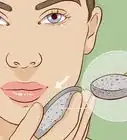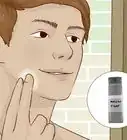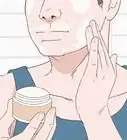This article was co-authored by Erica Coates. Erica Coates is a Professional Makeup Artist and the Owner of Erica Nicole Beauty based in the Washington D.C. metro area. With more than 14 years of experience, she specializes in creating and personalizing makeup looks and skin prep for makeup. Erica received her cosmetology training from the Bennett Career Institute.
This article has been viewed 462,363 times.
Nose hairs are there for a reason. They're part of your body's natural immune system. When you breathe through your nose, toxins, dust, bacteria, and other pollutants get trapped in the hairs.[1] The nose contains two types of hair: microscopic hair-like cilia and coarser hairs that you might have seen peeking out of your nose.[2] If you’ve had these coarse, protruding, and sometimes embarrassing nose hairs, then removing them is an easy, quick, affordable process. You just need a little knowledge to make sure you don't damage the delicate, sensitive skin inside of your nose.
Steps
Trimming with Scissors
-
1Use special trimming scissors. Trimming scissors have a rounded tip designed specifically for safety when trimming hair in sensitive places, such as noses and ears.[3]
- Facial hair trimming scissors can be found at most major retailers in the cosmetic section.
-
2Always trim your nose hairs in front of a well-lit mirror. Good lighting helps you see the lighter hairs that may be sticking out of your nose, while the mirror helps you effectively groom the hairs.
- Even though the scissors have a rounded tip, you need to pay close attention to where you are sticking them. Watch your hand and the scissors closely.
Advertisement -
3Gently insert the scissors into your nasal canal. Never shove the trimming scissors into your nose, because you can do a lot of damage to your nose by puncturing something.
- Before inserting the scissors into your nose, make sure the scissors have been cleaned.
-
4Clip the long hairs carefully. Just remove the hairs that affect appearance - those sticking out around your nose. The hairs further inside your nose need to remain there to help keep harmful pollutants from your body. Removing nose hair completely could have negative side effects.[4]
- Make sure your scissors aren't dull. Dull scissors will have a harder time cutting some hairs, and they might even pull out hairs, causing pain and eye watering.
- Push your nose straight up to get a better view inside your nostrils. Also try smiling. Both of these methods might reveal additional peeking hairs.
-
5Sterilize the scissors when you are finished. Wipe the scissors with antiseptic before you put them away.
Trimming with a Trimmer
-
1Choose between an electric or manual trimmer. Both types are affordable and can come with attachments for other areas, such as eyebrows and beards.[5]
- Manual trimmers don't require batteries or a plug. They also may lead to less nasal tickling from the vibrations. Manual trimmers usually require two hands to operate.
- Electric trimmers cut hairs fast and efficiently.[6] Most electric trimmers can be used with one hand.
- Before using a manual or electric trimmer, make sure to read the instruction manual carefully to avoid injury and ensure the best results.
-
2Tilt your head back and carefully insert the nose trimmer. This is best done in front of a well-lit mirror. The trimmer should fit easily and never be forced inside your nasal canal.
- Nose trimmers are designed to safely insert into your nose. The blades are covered so they will never touch the sensitive skin.
- Many trimmers may provide painless hair removal with less chance of nicking your nose than scissors; however, sometimes a hair may be yanked from the root and cause pain.
- Do not insert the trimmer too deeply in your nose. You always want to only trim the hairs peeking out below your nose. Leave the rest of the hair alone to help protect you from pollutants.
-
3Clean the trimmer when you are finished. Most trimmers are easily cleaned with water.
Trimming with a Tweezers
-
1Choose good, clean tweezers. Ones with slanted tips and handles might be easiest to use.
-
2Stand in front of a well lit mirror. Tweezing nose hairs may be more difficult or tedious than trimming with scissors or a trimmer, and good lighting will aid this process.
- Choose the hairs you want to pluck. Remember not to go overboard. Nose hairs are good for your lung health, plus they're painful to remove. Just pluck the ones visible to a person standing a reasonable distance away.
-
3Grip the hairs firmly at the root, and give it one quick, sharp pull.
- Don't give yourself time to think about it. Drawing it out, for fear of pain, actually makes it hurt worse.
- This may be a little painful, so you can put a small ice cube up the nostril for about a minute if you'd like to numb the pain a bit.[7]
- Your eyes will water a bit, and your face may go a tinge red.
- Be careful. Many doctors advise against tweezing because it can be dangerous, can cause bleeding, or leave small holes or gashes that can be infected easily[8]
-
4When finished, clean the tweezers. Wipe them antiseptic or wash with soap and water.
Community Q&A
-
QuestionCan I wax inside my nose?
 Community AnswerFor many different reasons, that could be a bad idea. Firstly, it could damage the skin inside your nose as it is a tricky place to apply and remove wax from, so it would be hard to do it safely. Secondly, nose hairs are important for your nose as they are there for a reason, they help to filter the air you breathe in, so it'd not be great to get rid of them. Instead, try trimming unwanted nose hair as it is much safer and practical.
Community AnswerFor many different reasons, that could be a bad idea. Firstly, it could damage the skin inside your nose as it is a tricky place to apply and remove wax from, so it would be hard to do it safely. Secondly, nose hairs are important for your nose as they are there for a reason, they help to filter the air you breathe in, so it'd not be great to get rid of them. Instead, try trimming unwanted nose hair as it is much safer and practical. -
QuestionHow can nose hair even begin to act as dust, germ, or pollen filters? They are far too large and widely spaced to ever filter microscopic particles.
 Community AnswerThey are aided by the mucus in your nose which traps dust, germs, and pollen until you sneeze or blow them out. There is such a large number of hairs that together with the mucus and sneeze reflex they form a relatively successful barrier to everyday invaders, although they do get overwhelmed when confronted with more than they have evolved to cope with, such as days with a very high pollen count or cold and flu season.
Community AnswerThey are aided by the mucus in your nose which traps dust, germs, and pollen until you sneeze or blow them out. There is such a large number of hairs that together with the mucus and sneeze reflex they form a relatively successful barrier to everyday invaders, although they do get overwhelmed when confronted with more than they have evolved to cope with, such as days with a very high pollen count or cold and flu season. -
QuestionIs there any hair remover that can be used inside the nose?
 Community AnswerNot easily and it is not recommended to ever use such hair remover in your nasal canals. Nose hair serves a different function from the rest of your body's hair, in that it helps filter allergens and pollution from the air you breathe in. Trimming with small scissors would be okay because you'd still have your hair, but other hair removal, like tweezing or chemical removers would be a bad idea.
Community AnswerNot easily and it is not recommended to ever use such hair remover in your nasal canals. Nose hair serves a different function from the rest of your body's hair, in that it helps filter allergens and pollution from the air you breathe in. Trimming with small scissors would be okay because you'd still have your hair, but other hair removal, like tweezing or chemical removers would be a bad idea.
Warnings
- Don't stick sharp scissors up your nose. Always use rounded tip scissors specifically designed for nose trimming.⧼thumbs_response⧽
References
- ↑ http://www.popsci.com/science/article/2011-12/fyi-whats-point-nose-hair
- ↑ http://www.nysinuscenter.com/2011/02/nose-hair-sinus-cili
- ↑ Erica Coates. Professional Makeup Artist. Expert Interview. 8 April 2022.
- ↑ http://www.nysinuscenter.com/2011/02/nose-hair-sinus-cili
- ↑ https://uk.askmen.com/fashion/fashiontip_150/184_fashion_advice.html
- ↑ Erica Coates. Professional Makeup Artist. Expert Interview. 8 April 2022.
- ↑ https://uk.askmen.com/fashion/fashiontip_150/184b_fashion_advice.html
- ↑ https://www.youtube.com/watch?v=9YMyAMNApzo&noredirect=1
About This Article
To trim your nose hairs in a safe way, start by standing in front of a well-lit mirror so you can see which hairs need to be removed. Make sure you only trim the hairs that others can see, since the hairs further inside are needed to keep harmful pollutants from your body. Then, use clean tweezers to grip the hair firmly at the root and give it a quick, sharp pull. Alternatively, insert a pair of clean, round-tip trimming scissors into your nose and carefully clip the hair. Finally, wash your tweezers or scissors with soap and water before putting them away. To learn how to use an electric or manual trimmer to remove nose hairs safely, keep reading!
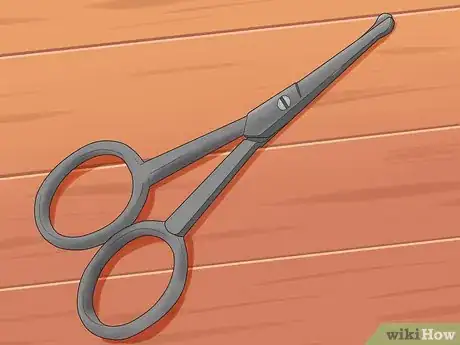

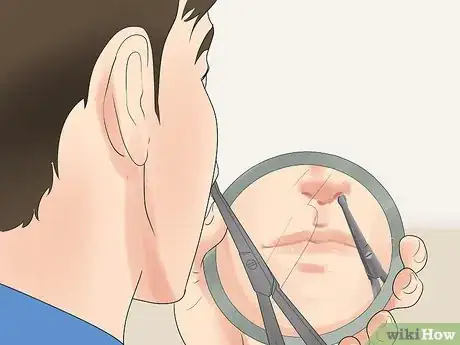
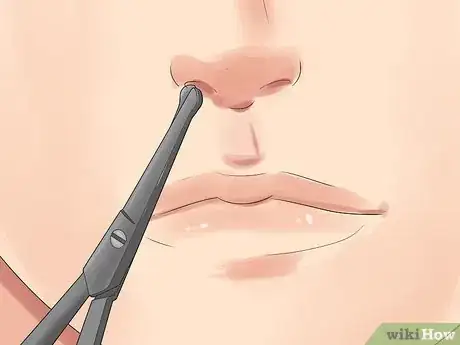
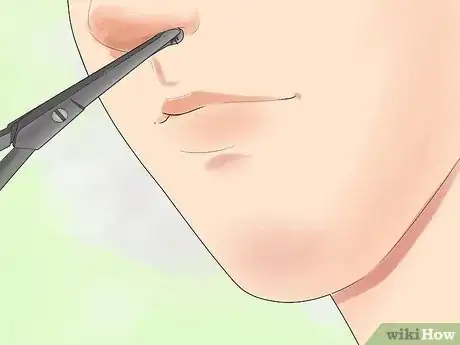
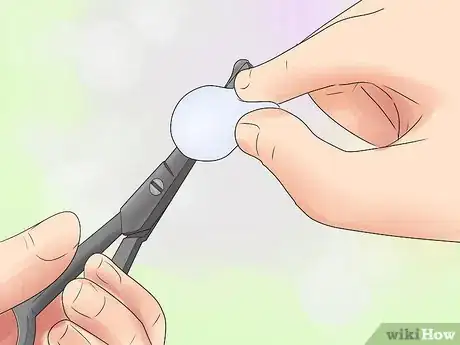
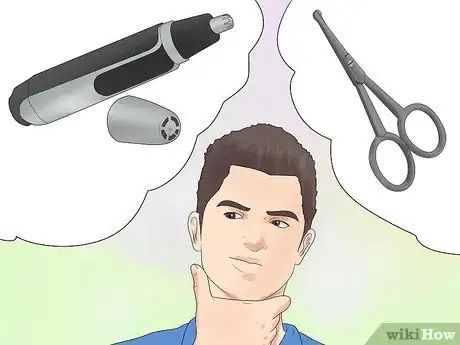
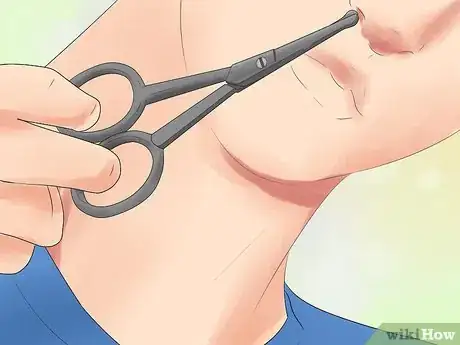
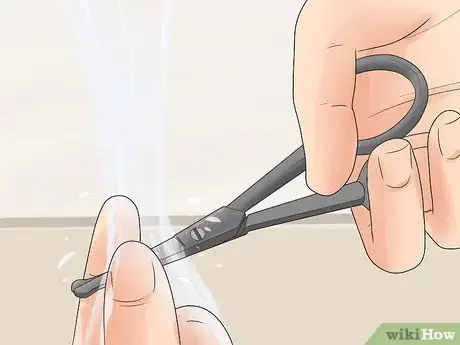
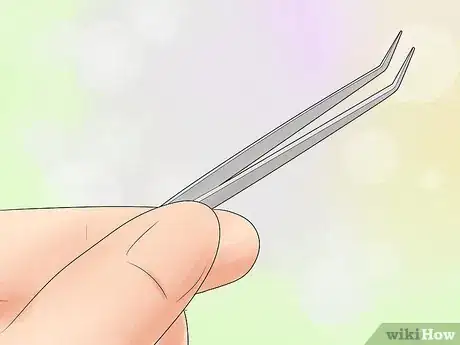
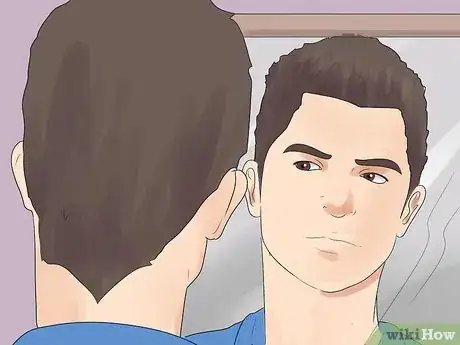
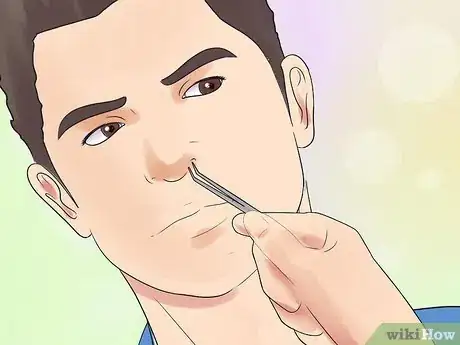
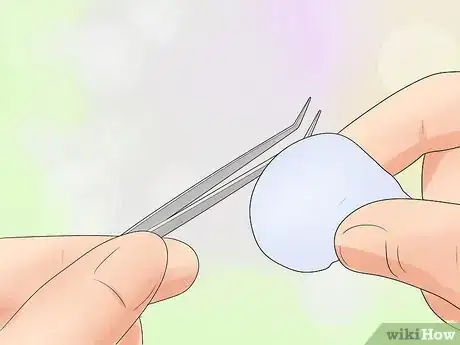
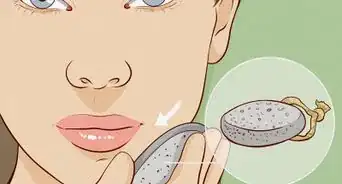
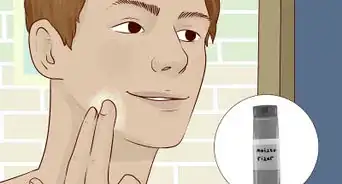

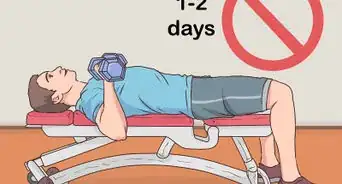



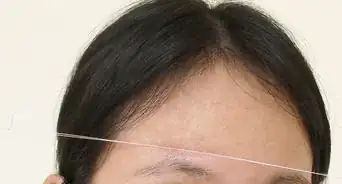
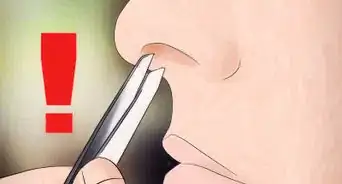








-Step-36.webp)
